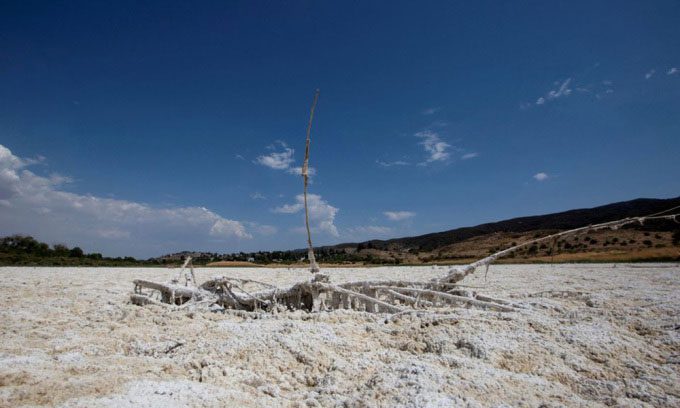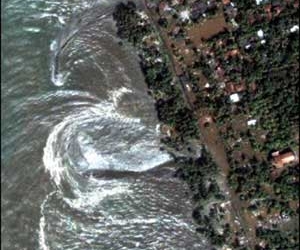More than half of the world’s large lakes and reservoirs have shrunk since the early 1990s, primarily due to climate change. This situation raises concerns about water shortages for agriculture, hydropower, and human consumption.
This information was released in a study published on May 18. An international group of researchers assessed that some of the world’s most important freshwater sources – from the Caspian Sea between Europe and Asia to Lake Titicaca in South America – have lost water at an accumulating rate of about 22 gigatons annually over nearly three decades. This amount of water is equivalent to 17 times the volume of Lake Mead, the largest reservoir in the United States.

Photo of Elizabeth Lake in California (USA) June 2021. (Photo: Reuters)
Researchers found that unsustainable human usage, along with changes in rainfall, flow, sediment, and rising temperatures, has caused global lake levels to drop. Experts concluded that from 1992 to 2020, 53% of lakes experienced reduced water levels. Nearly 2 billion people are directly affected, and many regions have faced water shortages in recent years.
Hydrologist Fangfang Yao at the University of Virginia, who led the study published in the journal Science, stated that 56% of the decline in natural lakes is attributed to global warming and human consumption. However, he noted that global warming is “the larger contributing factor.”
Climate scientists often believe that arid regions of the world will become drier due to climate change, while wet areas will become wetter. However, the study shows significant water loss even in humid regions. “This should not be underestimated,” Mr. Yao remarked.
Scientists have long warned that it is crucial to prevent global warming from exceeding 1.5 degrees Celsius to avoid the most catastrophic consequences of climate change. The world is currently warming at a rate of about 1.1 degrees Celsius.
The study published on May 18 indicates that unsustainable human usage has impacted water levels in lakes. In contrast, lakes in Afghanistan, Egypt, and Mongolia have been affected by rising temperatures, which may increase the amount of water lost to the atmosphere.





















































